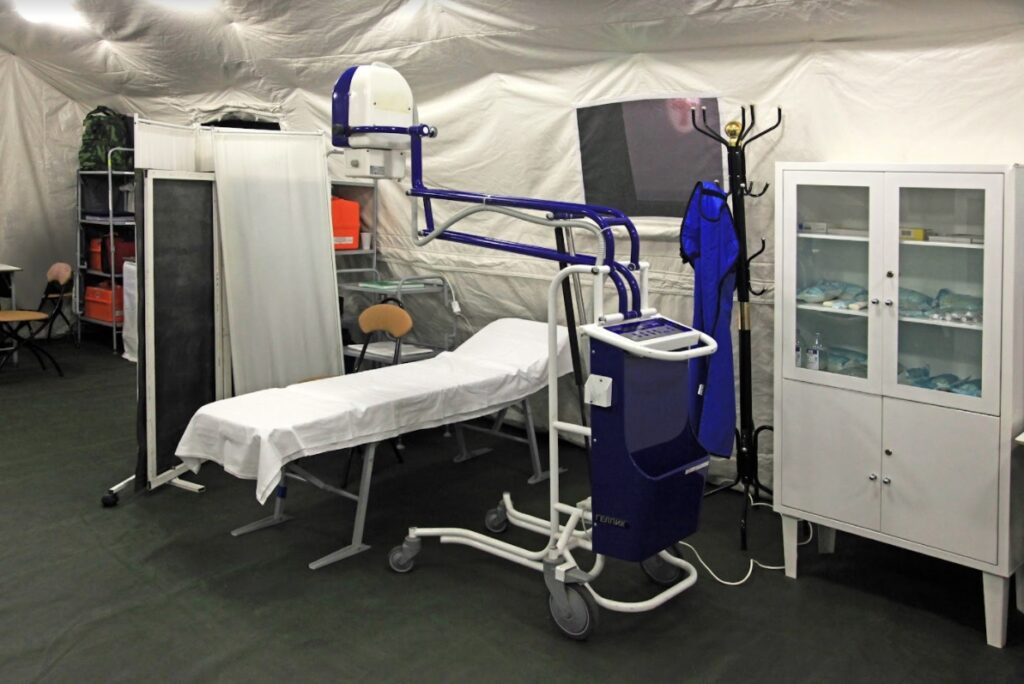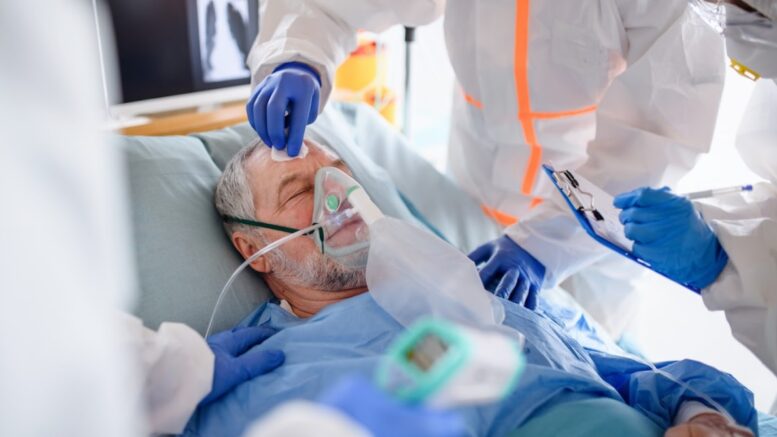Due to the exponential rising of cases during this COVID-19 crisis, the capacity of healthcare facilities is quickly overloaded. It usually happens when health institutions cannot handle a pandemic or a local disaster. That’s why alternate care sites or ACS are being utilized to cope with this lack.
ACS is any building or structure that’s not currently being used, so they’re temporarily converted for health care use. It includes hotels, barracks, dorms, arenas, closed hospitals, and modular units.
Some ACS includes mobile field hospitals that are fully furnished — this includes even lighting, electric, and HVAC facilities. Aside from that, it’s portable because it can be deployed to disaster-ridden areas via airplane, tractor/trailer, or parachute. Thus, this portable ACS is beneficial for providing healthcare services to communities overwhelmed with COVID-19 cases.
How Are These Facilities Selected?
Selecting facilities to serve as an ACS depends on how a non-medical structure will be utilized, which can vary with the event. As mentioned above, buildings like schools are used. Aside from those noted above, adult detention facility, church, aircraft hanger, community or recreation center, fairground, national guard armory, and meeting hall. As these non-medical structures are selected, improvisation still needs to make it a functional ACS. So here are some of the criteria to consider in determining ACS:
- Infrastructure: This includes the total space and layout of the building, like the walls, floors, roof, toilet, and door sizes. The presence of ventilation and parking are also considered under this.
- Utilities: This includes electrical power, lighting, refrigeration, HVAC, and water.
- Communication: Is there a presence of phones or intercom, and internet access?
- Other factors: These include the ability to lock down the facility, handle biohazard and other waste disposals, its proximity to hospitals, and accessibility to public transportation.
How Will The ACS Be Used?
This depends on what will be the primary use of an ACS. The staffing, equipment, type of structure, and supplies will also be based on this. Here are some examples of the potential uses of ACS:
- Quarantine or isolation facility for patients
- Housing for patients with mild symptoms from hospitals and nursing homes
- Vaccination clinic
- Triage station to decide where and how patients can best be treated (Diagnosis)
- Palliative care facility for patients
- Housing for discharged patients from the hospital for earlier release
- Combination of the functions mentioned above
What Supplies and Equipment Are Needed?
It will vary depending on the type of ACS. Compared to a school, a closed hospital might have the necessary tools found in the main hospital. These are some of the specific items that are needed in an ACS:
- Oxygen: It’s a commodity that’s expensive and hard to obtain. If these are not available, the staff should not accept oxygen-dependent patients. Oxygen-dependent patients need oxygen therapy to survive due to their weakened lungs.
- Medications/Pharmaceuticals: There should be enough stock and substitutes for medications needed for pain control, acute respiratory therapy, and antibiotics in an ACS.

What About the Staff?
Staff and healthcare professionals must be available for the ACS to do its purpose effectively. Having a facility is not enough. Staff may include retired clinicians, volunteers, off-duty providers from the main facility, or military personnel. There will also be cases in which chaos in ACS will be brewed. That’s why security is also essential.
Difficulties in Implementation
Of course, there are difficulties in implementing the ACS. It’s rather tricky than expected. This problem only arose when the pandemic hit. Planning for ACS requires financial resources, personnel, and political capital. One of the issues is the lack of funding to frontliners, who both care for mildly sick COVID-19 patients and sicker ones who need intensive care.
There’s also bureaucracy and financial burden involved in making final decisions. For instance, if the hospital decides to open an ACS as part of its emergency operations plan, they need to find sufficient facilities, staff, and equipment. They also need to make policies to effectively manage it and coordinate the operations of the ACS to the main hospital.
To overcome these obstacles, multiple groups should work together to compensate for the lack of finances and proper leadership.
Final Thoughts
COVID-19 took a toll on every country’s healthcare system worldwide. Scenarios like hospitals cannot accommodate all the patients who require medical care and lack health professionals and equipment. That is why alternate care sites help solve one of these issues— the lack of healthcare facilities.
Developing alternative care facilities should be a priority as it mitigates the effects of a pandemic or a disaster when it strikes. Focusing on establishing criteria for ACS, staffing, and providing supplies are essential in preparing for future outbreaks like COVID-19. It should be a learning opportunity for those in the public healthcare system to make policies regarding this.
